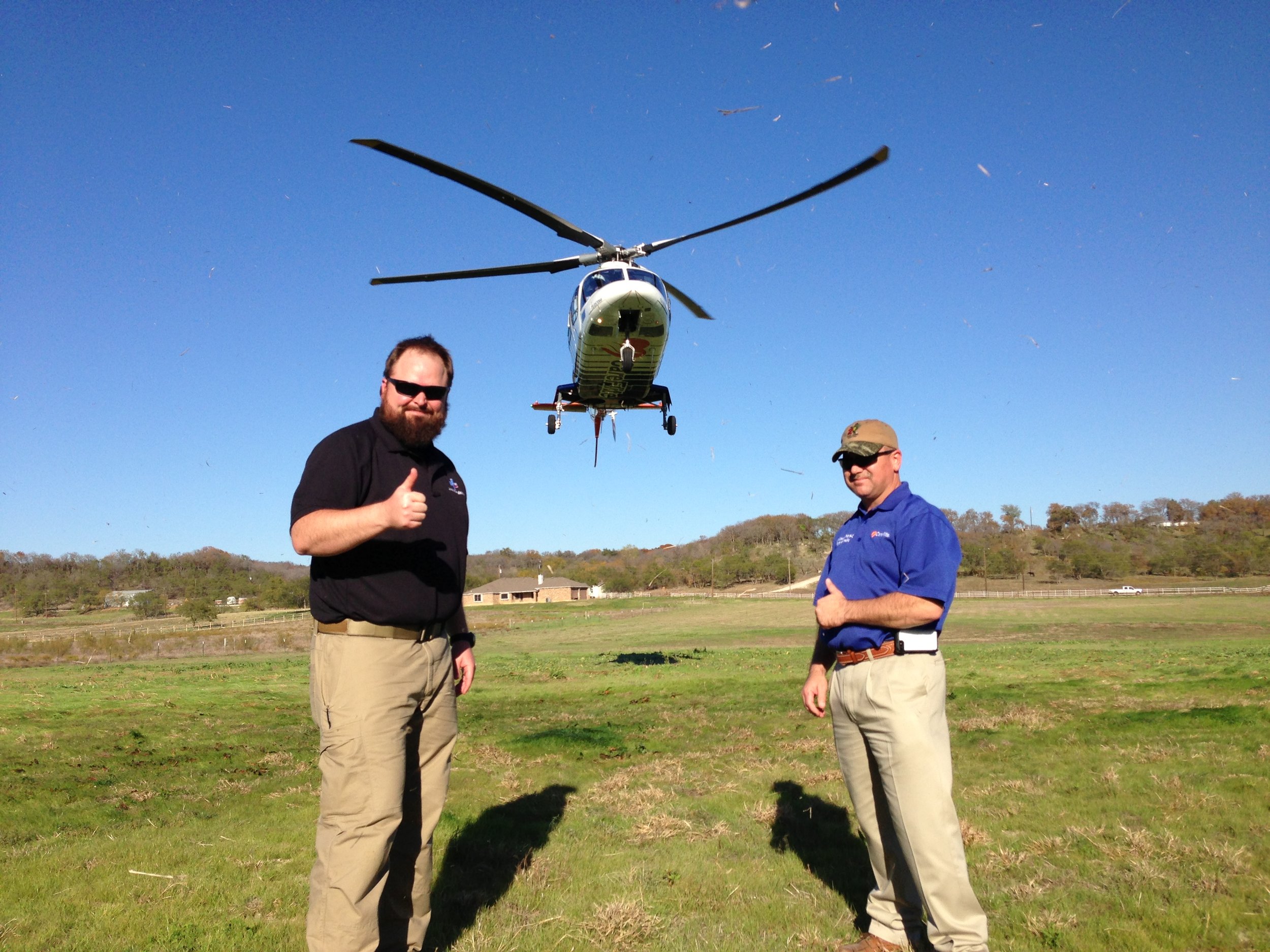School Response Programs and Courses
Teaching high school students medical and life skills since 2012.
Here is Caleb teaching an encore course for a private school in Tennessee.
Events such as severe weather, on-campus or off-campus activities involving travel, and active killer events have done unspeakable harm to our children and communities. Despite the best efforts of the first responders, our emergency professionals may not be able to render immediate medical aid to everyone involved during these tragedies. EMS and other rescuers have standard operating procedures established for mass casualty incidents that occur in hostile environments. Those protocols may vary and not everyone’s protocols allow EMS to enter that environment until it is safe to do so. That may take several minutes or up to several hours. A severe storm may exhaust a community’s public safety assets; which may delay response times to your individual school or even perhaps transport to a hospital.
The “School Response Program” and the courses related to the program provide Mindset, Education, and Tools that allows students, faculty and administrators to act as their own medical first responders until the professional rescuers arrive. Through a specialized curriculum, Lone Star Medics provides a course specifically for both students and faculty, to work together to produce leadership and medical aid during and immediately following an emergency. LSM provides several options in both medical training and consulting services that will prepare your organization for various medical emergencies.
School Response Program-Faculty Course
This eight-hour course educates the school faculty on how to identify and treat injuries related to severe weather, school functions, and active killer events. Each attendee will learn through minimal lecture, plenty of hands-on skills practice, and scenario-based training.
This course is recommended for faculty members for all grade levels, including university faculty.
Subjects covered:
- Scene Size-Up and Principles of Scene Safety as it pertains to different emergency events.
- Intro to Basic Anatomy and Physiology
- Patient Movement Techniques; manual drags and carries, litter systems
- Patient Assessment Techniques
- Treatment Plans for the following
*Penetrating traumatic injuries (external bleeding). Ex: Lacerations and punctures from flying debris or projectiles.
*Penetrating thoracic injuries. Ex: tension pneumothorax
*Blunt traumatic injuries. Ex: Closed fractures and crush injuries from vehicle/bus collisions or debris from severe weather.
*Blast and burn injuries
*Shock
- Modern Bleeding Control Techniques; tourniquets, pressure dressings, wound packing, hemostatic agents.
- Medical equipment selection specific for these events
- Interacting with responding public safety officials
School Response Program-Response Team
This eight-hour course is designed to provide both school faculty and students the knowledge, understanding, and confidence to identify & treat injuries related to severe weather, school functions, and active killer events. The focus of this program is to build teams comprised of both teachers and students that can render immediate, simple, yet aggressive life-saving treatments to themselves and others. During an emergency, faculty and teaching staff are the leaders of the school. To be effective leaders, they should be able to direct others to perform duties instead of performing these duties themselves at times. Students properly trained in identifying & treating immediate life-threatening injuries can render the appropriate medical aid, which will save lives.
In order to accomplish a successful response team within the school; it is highly recommended that this course be made up of 10 students from the student body and 10 teachers from the school staff. The reason for this is so that even though the faculty is trained and capable to treat the injured, this may deter them from their primary responsibility of a leadership role. Another reason is that the student body population is vastly larger than the school’s faculty which allows for a larger group of trained personnel to be readily available. Several past students of this course have indicated that they feel much more confident and prepared to deal with an emergency after attending this course. A majority of students said they are not as scared of these events as before; this includes both adults and the students.
Each class participant will learn through multiple scenarios, hands-on skills practice, and minimal lectures. Scenarios will range from minor automobile accidents in the school parking lot to multiple injuries inside the school building. Each scenario will be under the strict guidance of Lone Star Medics cadre.
“The School Response Program-Response Team” course is recommended for middle schools, high schools, and universities.
Subjects covered:
- Scene Size-Up and Principles of Scene Safety as it pertains to different emergency events.
- Patient Movement Techniques; manual drags and carries, litter systems
- Rapid Trauma Assessments
- Treatment Plans for the following
*Penetrating traumatic injuries (external bleeding). Ex: Lacerations and punctures from flying debris or projectiles.
*Penetrating thoracic injuries. Ex: tension pneumothorax
*Blunt traumatic injuries. Ex: Closed fractures and crush injuries from vehicle/bus collisions or debris from severe weather.
*Blast and burn injuries
*Shock
- Modern Bleeding Control Techniques; tourniquets, pressure dressings, wound packing, hemostatic agents.
- Interacting with responding public safety officials
Communicating with public safety officials is critical.
School Response Program-Consulting Services
Lone Star Medics takes pride in providing applicable solutions to complex and unique problems that our clients may or may not be aware of within their organization. Our goal is to work with parents, school administrators and staff members, local public safety officials, and the student body to create standard operating procedures (SOP) for responding to medical emergencies. This process includes producing protocols, resources, and training for school districts to implement SOP’s throughout the school year. No matter if you need professional advice on which products to stock in your building, or assistance in establishing guidelines for your faculty; we can help.
For a full list of consulting services and solutions, please feel free to contact us directly.


